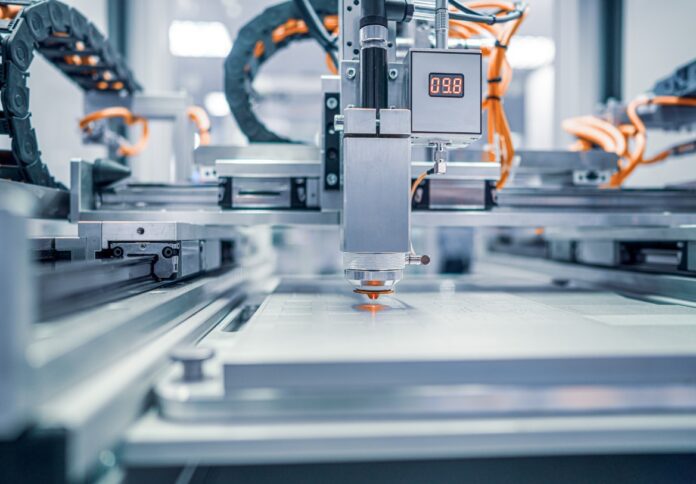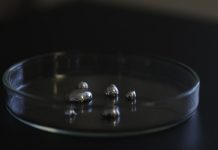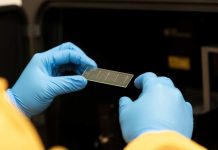
University of Queensland research has found that outdated and inconsistent patent laws may be slowing progress in 3D bioprinting, a rapidly growing technology with the potential to create living tissues and organs for medical use.
Dr Pratap Devarapalli, lead researcher from UQ’s Law School, said that while bioprinting is positioned to address critical health needs – including the more than 1,800 Australians currently waiting for organ transplants – progress could be hindered by outdated or inconsistent global patent laws.
“Patent law hasn’t kept pace with what’s scientifically possible,” Dr Devarapalli said. “Ironically, the more realistic and medically useful a bioprinted organ is, the harder it becomes to patent because laws often require it to be clearly different from what exists in nature.”
According to the research, the global bioprinting market is expected to be worth $5.5 billion in 2025 and could reach $20 billion by 2034.
Yet without clear legal protections, companies may be reluctant to invest in developing bioprinted tissues and organs, as patents provide the commercial security needed to justify the high costs of research and development.
The study, published in Nature Biotechnology and expanded upon in Dr Devarapalli’s recent book with Springer Nature, examines the differing approaches to bioprinting patents across jurisdictions, including the United States, Europe, and Australia.
Dr Devarapalli said that inconsistency between international patent offices introduces uncertainty for inventors and businesses – particularly when ethical considerations influence legal decisions.
“For instance, some patent offices may reject applications on the grounds that bioprinted tissues could resemble early-stage human embryos, invoking moral objections in decision making,” he said.
In a move to provide clearer guidance, Australia has adopted a new classification system that defines bioprinted devices containing human cells as “medical devices with biological components.”
Dr Devarapalli said this regulatory shift aligns Australia with European and US standards and represents a step forward in enabling the commercialisation of bioprinting technologies.
“While this requires stricter oversight, it also provides clearer pathways to commercialisation,” he said. “There needs to be balance between incentivising funding research and the greater good.”
Dr Devarapalli will present his findings to the United Nations in Geneva this month.



















